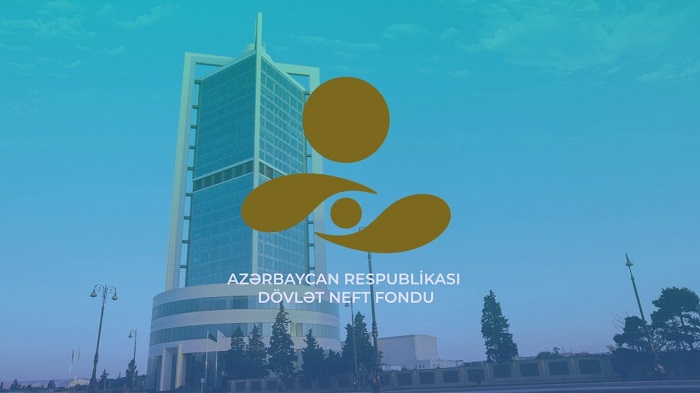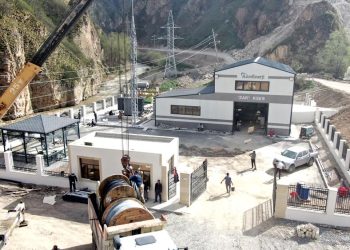The cost of Kashagan, already the world’s most expensive oil project, is set to rise by nearly $4bn as the companies developing it are forced to replace 200km of leaking pipelines.
The rise marks another setback for a venture that was supposed to symbolise Kazakhstan’s emergence as a leading oil producer, but it has been dogged by technical challenges, delays and cost over-runs.
The consortium – which includes Royal Dutch Shell, ExxonMobil, Total, Eni and CNPC – marked first production at the Kazakhstan field in September last year after spending $50bn on its development, but production was shut weeks later when sulphur-containing gas was discovered leaking from pipelines between the field and the shore.
Kashagan, once expected to produce as much oil as Libya, has since been dormant as the companies study the cause of the leak. A meeting of a government task force on energy was told in Astana, the Kazakh capital, this week that the cost of replacing the pipelines and restarting production had been estimated at between $1.6bn and $3.6bn, depending on the specification of the equipment chosen.
But several people familiar with the matter told the Financial Times that the consortium would select the more expensive, more corrosion-resistant option, putting the cost of repairs at $3.6bn or more.
“You can safely bet it’s going to be more than [$3.6bn],” one person close to the situation said.
The project – the fifth-largest field by current reserves and the largest outside the Middle East, according to the US Department of Energy – has become emblematic of the delays and cost over-runs that have plagued energy developments. Kashagan is scheduled to restart production in the second half of 2016, but people involved in the project said it would be a challenge to hit that target.
One executive said: “We’ve got to get it right this time. A few months of delay in order to get it right is worth it.”
Dominic Lewenz, head of research at Visor Capital, a Kazakhstan-focused brokerage, said the consortium would struggle to restart production in 2016 since the weather made it difficult to work in winter. “Even if the pipeline installation is complete in summer-autumn 2016, they still have to test it before the winter sets in,” he said. “Production restart in 2016 looks like quite a stretch – 2017 or even a little later seems more likely.”
The Kashagan delays have angered Astana, which had been counting on the field to catapult the country into the big league of oil producers and bolster state revenues. Instead, with oil prices falling to the lowest in more than two years, Kazakh officials are fretting. “People here are very concerned watching the oil price go down,” one said.
Meanwhile, Kazakhstan’s energy minister Vladimir Shkolnik said this week that the cost estimate for a proposed expansion at the Chevron-led Tengiz field had risen from $23bn to about $40bn. Tengiz, in the Atyrau region of western Kazakhstan, is the country’s largest producing field, accounting for nearly a third of total production. The higher expense was due to cost inflation for services and other equipment. “The final figure is still being discussed. It may be lower,” he said.
Chevron has yet to sign off on the expansion project, which has taken on greater significance for Kazakhstan amid the Kashagan delays. – reported http://www.ft.com.












